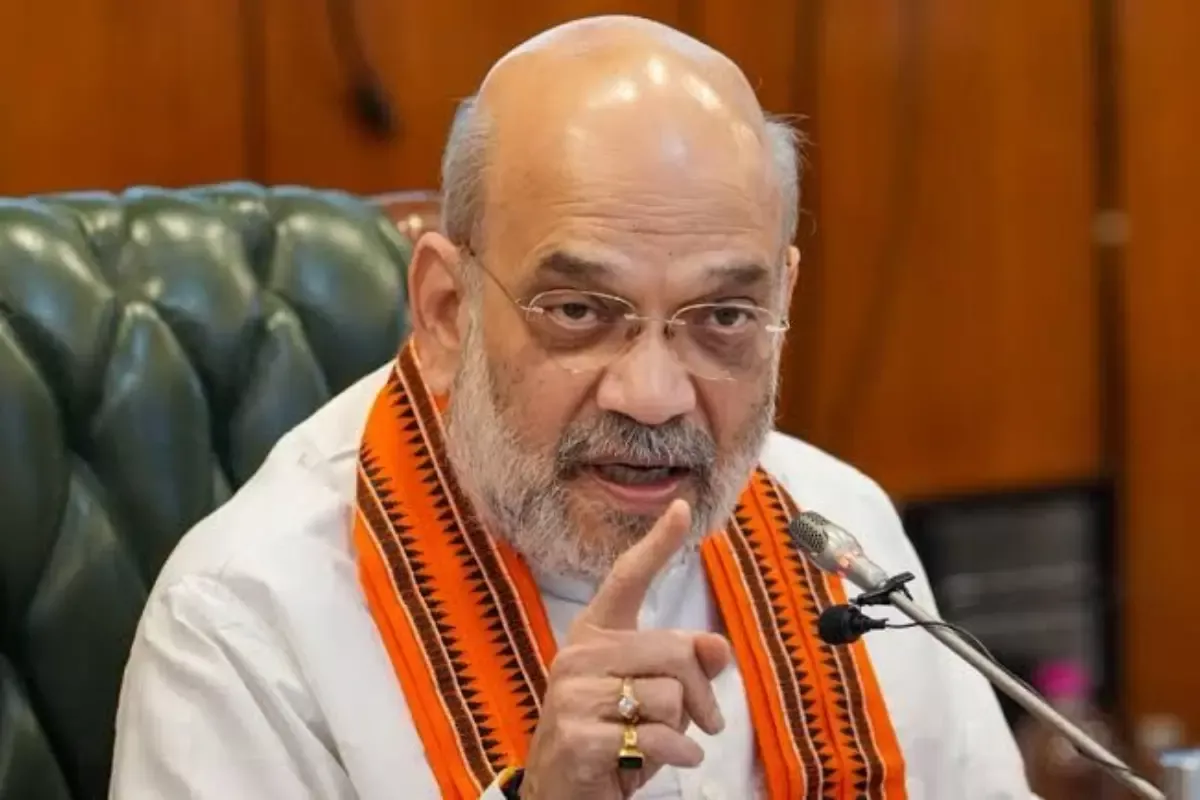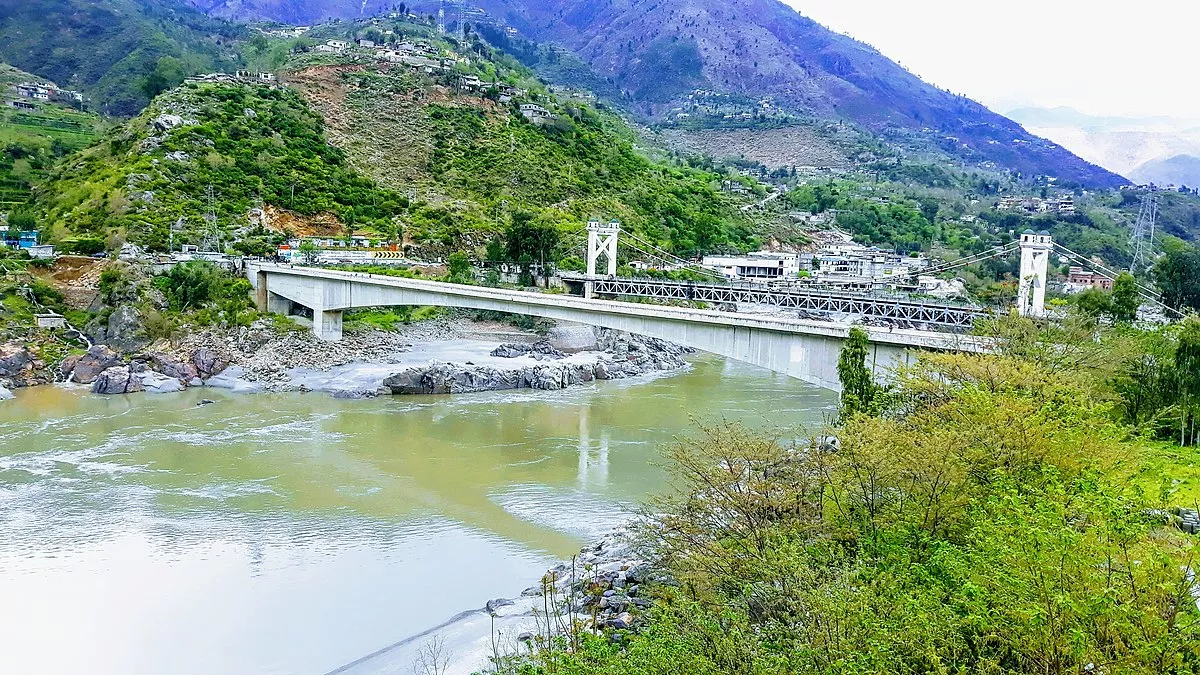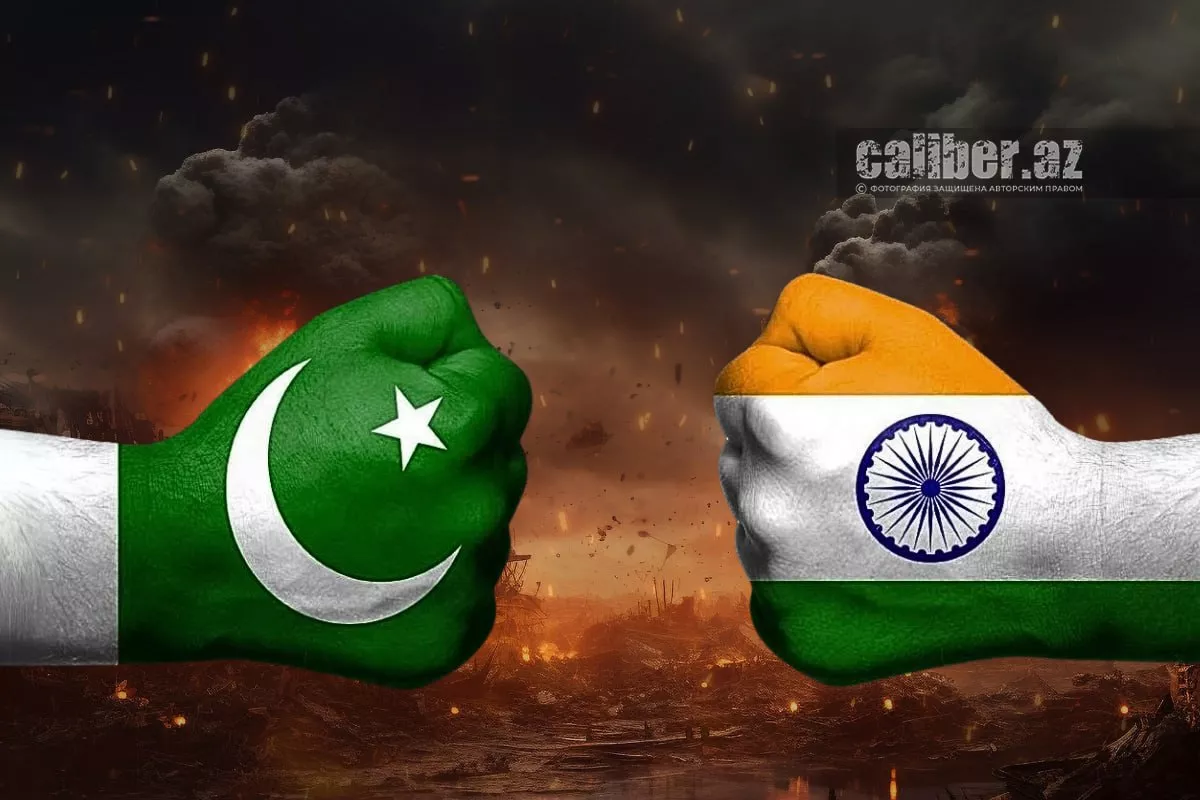Red lines of the Indus The first climate conflict of the century?
India’s decision to impose a water blockade on Pakistan threatens to destabilise the region once again. What are the reasons behind this latest hostile move by Indian politicians, and what could it lead to?
A blow to the Indus civilisation
On June 21, India’s Minister of Home Affairs, Amit Shah, declared that India would never resume water supplies to Pakistan.
“We will take water that was flowing to Pakistan to Rajasthan by constructing a canal. Pakistan will be starved of water that it has been getting unjustifiably,” said the Indian Home Minister, whom Reuters describes as the most influential figure in Prime Minister Narendra Modi’s government.
These waters may also be redirected to Jammu and Kashmir, Himachal Pradesh, and Punjab, including for irrigation and hydroelectric projects. The Indus Waters Treaty will never be reinstated, Shah added.

The water blockade from the Indian side threatens to plunge Pakistan into a catastrophic situation. The three western rivers of the Indus basin provide water to up to 80% of Pakistan’s farming households, while agriculture contributes 25% to the country’s GDP and employs 40% of the population. Moreover, a third of Pakistan’s electricity is generated from hydropower.
In the past, Pakistan has repeatedly stated that any deviation from the Indus Waters Treaty would be regarded as an act of war. Currently, Prime Minister Shehbaz Sharif and Pakistan Peoples Party (PPP) Chairman and former Foreign Minister Bilawal Bhutto Zardari have condemned the move as an act of “water aggression.” Bhutto, in particular, described water as a “red line” and warned that India’s actions amount to a declaration of war: “We are the true custodians of the Indus civilisation, and we will defend it.”
Another provocation came from India’s Defence Minister Rajnath Singh on June 22. Speaking at the Northern Command Headquarters on International Yoga Day, he said that Operation “Sindhur” — the Indian Armed Forces’ offensive against Pakistan following the Pahalgam incident in April 2025 — was halted only after Islamabad called for a ceasefire.
Singh also stated that Operation Sindhur is not yet over and that further military action may resume if necessary.
The written waters treaty
What exactly is the Indus Waters Treaty—and how real is the threat of Pakistan being “dehydrated”?
The Treaty was signed in 1960 and, despite several Indo-Pakistani wars, it had never been violated—until now. It has often been cited as one of the most resilient transboundary water agreements in the world.
Under the Treaty, India was allocated the three eastern rivers of the Indus basin, while Pakistan was granted rights to the three western rivers—namely the Indus, Jhelum, and Chenab—which together account for 80% of the basin’s total water flow. India retained limited rights to use these rivers for hydroelectric power and irrigation, but without diverting or storing water in a way that would obstruct the downstream flow to Pakistan.
The Treaty also provides for international arbitration in case of disputes, with the United Nations and the World Bank serving as guarantors. Article XII stipulates that the Treaty can only be amended with the mutual consent of both parties.
It is widely believed that there are currently no technical means to rapidly cut off the Indus waters. However, India already has dams—such as Baglihar on the Chenab River and Kishanganga on the Jhelum River—built despite Pakistan’s objections. Still, these facilities are incapable of holding back such vast volumes of water. The reservoirs attached to these hydropower stations have limited capacity, and any attempt at a full blockade could also risk flooding Indian regions themselves.
That said, during the dry season, water flows naturally decrease, which could make the situation significantly more critical for Pakistan. India’s recent rush to build additional reservoirs has increased its level of control over the Indus waters. Yet a complete diversion of the rivers would require major and costly engineering projects that could take years to complete.
Even more substantial would be the financial costs of constructing highly complex canals and tunnels—up to 300 kilometres long—in the mountains, which would be necessary to redirect the water to other Indian states.

At the same time, it is worth noting that rivers such as the Brahmaputra and others in India have their sources in China—meaning that Delhi’s blatant disregard for water law could one day come back to haunt it.
Pakistan’s irrigation system—the largest contiguous one in the world—ensures food security for over 225 million people, yet remains extremely vulnerable. Even a partial disruption to the irrigation schedule—such as delays during the wheat sowing season or in the dry months—can cause severe setbacks in agriculture. The Indus Delta is already shrinking due to declining water flow, and water shortages could also trigger tensions between Pakistani provinces, such as Punjab and Sindh. According to some reports, India’s water flow to Pakistan has already dropped by nearly 20%.
On the brink of climate wars?
Islamabad now intends to challenge India’s decision through mechanisms of international law. From a legal standpoint, terminating an existing treaty is no easy task, as water agreements are generally considered perpetual. Yet New Delhi is taking a different route—rather than announcing a formal withdrawal from the Treaty, it is framing its actions as a “suspension.”
In 2013, the Court of Arbitration partially ruled in favour of Pakistan, requiring India to release water from the Kishanganga Dam. However, following the Uri incident in 2016, India began accelerating the construction of new dams. Concerned for its national security, Pakistan brought the issue before the Permanent Court of Arbitration in The Hague, but official New Delhi boycotted the proceedings.
In January 2023, India invoked Article XII of the Treaty, demanding a revision. The country sought a greater share of water from the Indus basin, citing climate change and national economic needs—as though rising temperatures and droughts somehow do not affect Pakistan. Islamabad responded by expressing its willingness to address the issue within the framework of the bilateral Indus Waters Commission, as stipulated by the Treaty, and urged New Delhi to abide by its commitments.

From that point onward, instead of jointly resolving contentious issues, India began pursuing a separate international campaign to revise the Treaty in its own favour.
Meanwhile, Pakistan has faced some of the most catastrophic floods and extreme temperature spikes in its history in recent years. Due to global warming, Himalayan glaciers are melting at an accelerated pace, and combined with intensified monsoon rains, this led to the devastating 2022 floods that caused an estimated $30 billion in damages. In 2024, Pakistan’s Living Indus initiative to restore 30% of the great river’s basin was recognised as one of the United Nations’ seven flagship climate programmes.
Unfortunately, nationalist circles in New Delhi hold a very different vision of sustainable development and regional harmony. Each monsoon, each drought now becomes a potential flashpoint between India and Pakistan.
Today, Pakistan ranks second only to China on the Global Water Scarcity Index. Without question, India too suffers greatly from climate change and water stress. But can a nation truly improve its own well-being at the expense of its neighbours?
The current phase of confrontation between India and Pakistan began after an attack by previously unknown militants in the Indian-controlled part of Kashmir. Pakistan’s involvement in the incident was never proven, and initially, the causes of the conflict escalation were open to interpretation. However, India’s latest unprovoked statements about abandoning the Indus Waters Treaty leave little doubt that New Delhi’s primary motive lies in its claims to the region’s water resources.
The Indus Basin is the world’s largest freshwater reserve outside the polar ice caps. And it now seems that the first major climate conflict of the 21st century is erupting on the Indian subcontinent.
Elsewhere too, a profound global crisis is deepening—one where international law is increasingly trampled by brute force.








